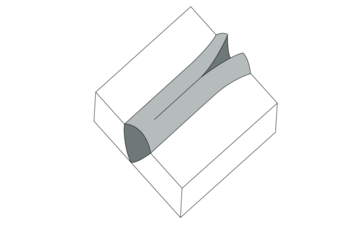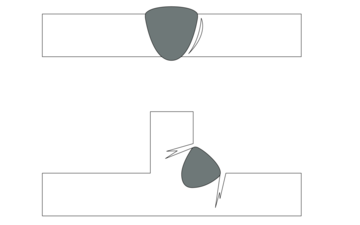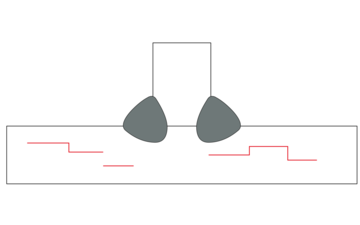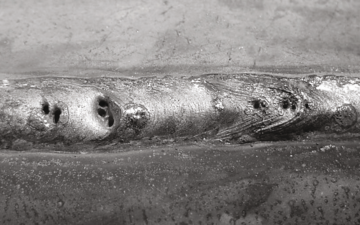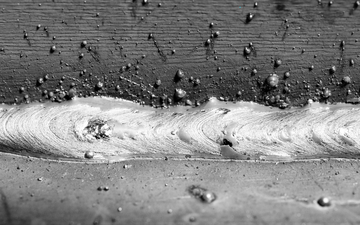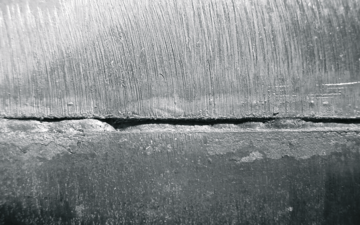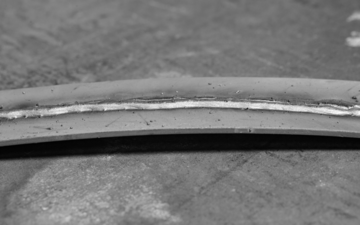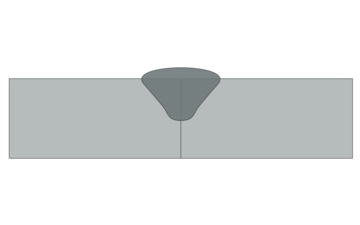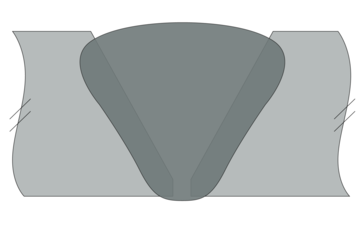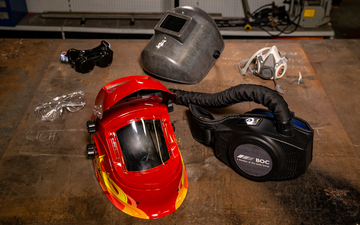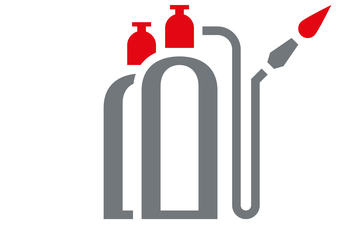- Official BOC UK Online | Industrial Gases | Products & Solutions | BOConline UK
-
Shop
- Industries
- Processes
- Gases & Equipment
-
Solutions
-
Services
-
Health & Safety
-
Contact & Support
- What's Happening
-
Net Zero Strategies
Cracking
Cracking comes in several forms and occurs for a variety of reasons
Most commonly, cracks are caused by an underlying weakness in the weld and surrounding areas, so it becomes unable to take too great a strain and is therefore vulnerable to damage.
A range of methods can prevent all types of cracking, though repair of cracks can be problematic. Careful selection of weld material, and proper application of techniques, should allow you to get the job done without falling foul of cracking problems.
What causes cracking?
Cracking can be the result of many problems, from contamination to cooling too quickly. In general, it’s caused by internal stress on materials that exceeds the weld, base metal - or both - when cooling takes place.
The welding cycle produces both rapid heating and rapid cooling of material adjacent to the deposited welding bead, with the potential to leave tensile stresses in the joint area. This can lead to cracks.
What are the main types of cracking?
-
Centreline - or longitudinal - cracking
-
Hot cracking - also called solidification cracking
-
Cold cracking - otherwise known as hydrogen cracking
-
Lamellar tearing

Centreline cracking concerns
By far the most common cracking problem you’ll encounter is centreline or longitudinal cracking. It shows up as an obvious separation in the weld bead when it’s in the centre of a joint.
Crater cracking is another problem that can arise - small cracks at the end of the weld where the arc breaks, usually due to the wrong technique being used at the end of the job i.e. reversing the arc direction travel before breaking the arc.
Causes of centreline cracking include:
- Using the wrong bead shape so not enough weld metal is present
- Welding a highly constrained joint, putting extra stress on the weld bead
- Insufficient pre-heat, leading to accelerated cooling that leaves metal more brittle
Any combination of joint design, welding conditions and techniques that result in a weld bead with an excessively concave surface can promote cracking.
How can cracking be prevented?
The different types of cracking all have unique methods of prevention, described below.
Preventing centreline cracking: There are several ways to guard against centreline cracking. In the main, these are:
-
adding or increasing the preheat temperature
-
slow-cooling the part
-
adjusting the welding parameters
-
improving joint fit-up to reduce or minimise gaps, resolving the central shallow throat

Preventing solidification cracking: The most common way to prevent this happening involves careful selection of weld metal composition. This means observing ferrite content in some stainless steels, and manganese-to-sulphur ratio in ferritic steel. Other methods include: contamination control through selection and cleaning of consumables; improving fit-up; reducing restraint; and using smaller weld pools or step welding techniques.
Preventing cold cracking: This can be avoided by eliminating just one of the factors listed above. This could mean selecting appropriate plate material or - in the case of weld metal HICC - by using the appropriate consumable. Failing that, control of the thermal cycle of the weld, using a higher heat input or reducing cooling rate, is a beneficial approach.
Preventing lamellar tearing: Use of ‘clean’ steels with improved through-thickness properties is the preferred way to prevent this type of cracking. However, this may not always be possible; if that’s the case, try using ‘buttering’ techniques or modified joint design.
Fixing cracks
Cracking is a consequence of many welds, no matter your level of experience. If cracks do occur, one remedy is to gouge out the crack and repair the weld. Otherwise, it might be necessary to re-do the entire weld. The chosen method of repair is dependent upon the application and material type.
Cracking is certainly one area where prevention is better than cure.
